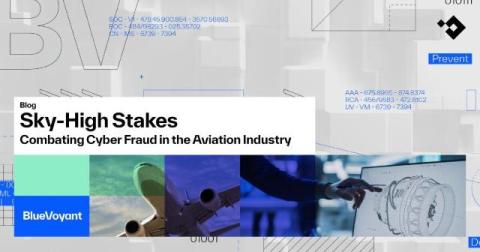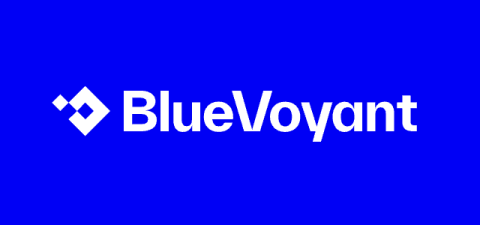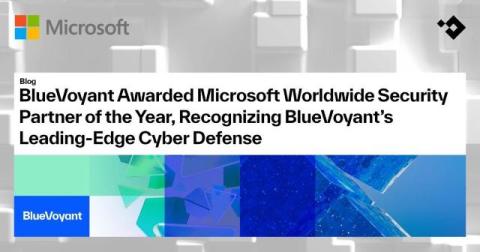From Zelle to Your Wallet: The Mechanics of Third-Party Phishing
Over the past year, BlueVoyant’s cyber threat analysts have identified a significant rise in third-party phishing tactics, most notably with a campaign impersonating the Zelle digital payment service. By mimicking a well-known payment site like Zelle, threat actors can evade detection more effectively while collecting credentials and personally identifiable information (PII) from online users of hundreds of financial institutions.











